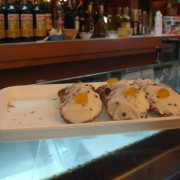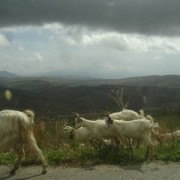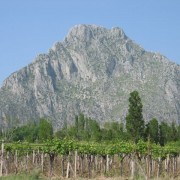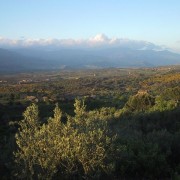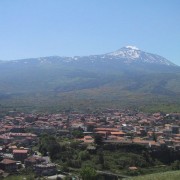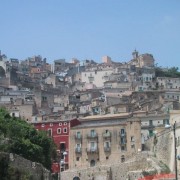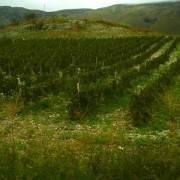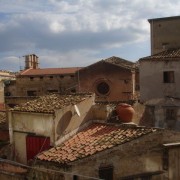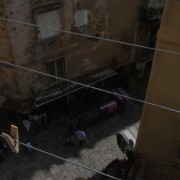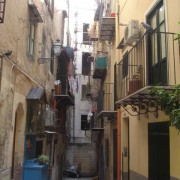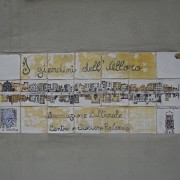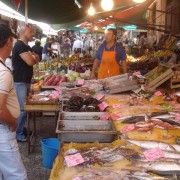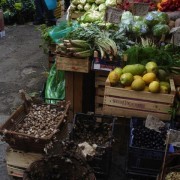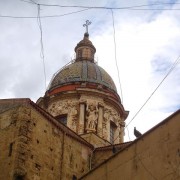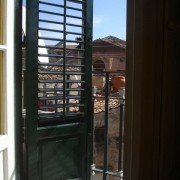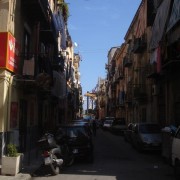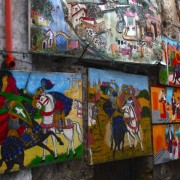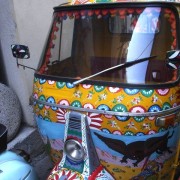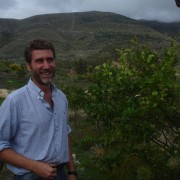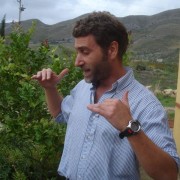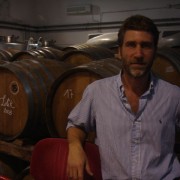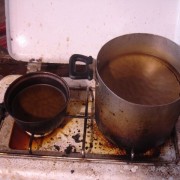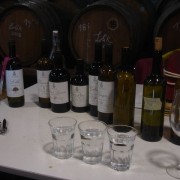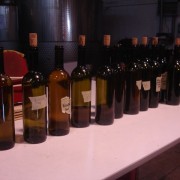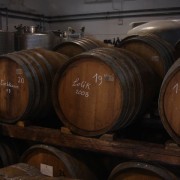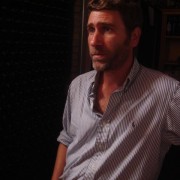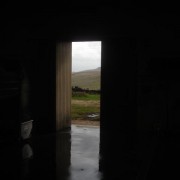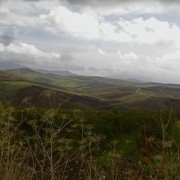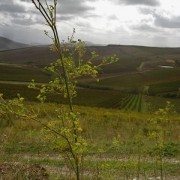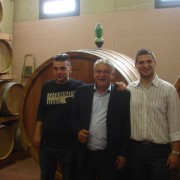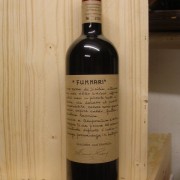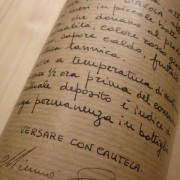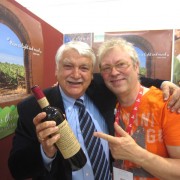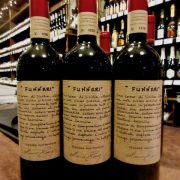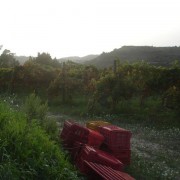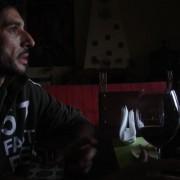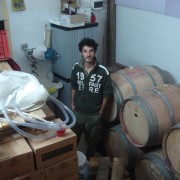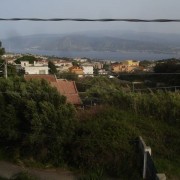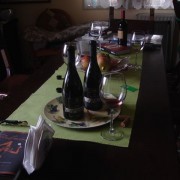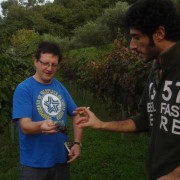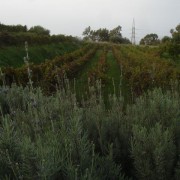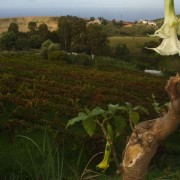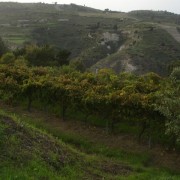Buffa (Marsala)
Marsala – the link between dry Sherry and Madeira? Marsala – not just for cooking with.
We were keen to find out more about Marsala, another of those legendary fortified wines like Sherry, Port and Madeira. We already knew it wasn’t just for cooking with, but beyond that there was much to learn. Question was, where? So we texted a friend of ours who comes from Marsala and asked around when we arrived. The lady in the Hotel said her husband is crazy about it and has a big collection of older Marsala. Everyone recommended the same Enoteca in via Garibaldi so we hot-footed along and the moment we walked into the tiny bar asked if we could have a Marsala Masterclass to bring us up to speed. The charming hostess Alessandra turned off the sport channel and powered up a powerpoint presentation. We were off. She took us through the history. In 1773 John Woodhouse, a British merchant, was sheltering from a storm with his ship and liked the local wine made with the Grillo grape so much he bought several casks. To stabilise it for the voyage to Liverpool, he added some spirit. And so Marsala, as we know it, was born.
She took us through the pyramid of quality from Fino through Superiore and Superiore Riserva up to Vergine. The varying sweetness/dryness levels and the way they cross over. We immersed ourselves in our study, accelerated with the appearance of Alessandra’s very knowledgeable boss/boyfriend Salvo, who resembled a harder version of Serge Gainsbourg. It became very clear to us that the tiny Cantine Buffa were the best in a line-up that included some big names. And that’s why they are now on our shelves. Buffa the Marsala Slayer!
Guccione (Monreale) BIODYNAMIC
It didn’t look more than 5 kms from Giorgio’s village as the crow flies, but, once you leave the proper roads behind and are dealing with dirt tracks, disused railway lines, flocks of sheep and goats, it still took an hour. Meanwhile, it was beautiful, remote and a great valley to make the finest old-vine biodynamic Trebbiano (!) we have ever tasted. Trebbiano, the most planted white in Italy and usually the most neutral, the most forgettable. Francesco Guccione’s is altogether different. 25 year-old vines, biodynamic, an intense nose evocative of tangerine peel, oily and nutty. More reminiscent of new wave biodynamic Riesling (like PJ Kuhn) for instance, than Trebbiano. Unforgettable.
Francesco and his brother Manfreddi’s converted to biodynamism in 2005 and now make arty bottlings of Cataratto (in their hands, an intensely herbal, spicy white), and silky reds made with the seldom seen Perricone (chestnuts, rose, boisenberry, lavender and licorice) and Nerello Mascalese (wild flowers and sour cherries) better known from Faro and Etna.
Mimmo Paone (Condro/Messina)
Mimmo Paone is a Sicilian with the firmest, bone-crunching handshake we have ever experienced. Once our hands had recovered, we were very impressed with his two dark, brambly Nero d’Avolas. Although they are based on the north coast of Sicily, in the top right hand corner of the island, Mimmo’s Nero d’Avola is picked in Agrigento and driven overnight to their winery in Condro’ near Torregrotta. Funnari has become a firm Winery favourite.
Another highpoint is his Malvasia di Lipari, a deliciously unctuous, honied, aromatic dessert wine from a small volcanic island off the northeastern coast visible from Mimmo’s home in Torregrotta.
Giovanni Scarfone – Bonavita (Faro)
We work with small growers and we love it when we come across someone really small. We beat a path to Giovanni Scarfone’s tiny garage door thanks to a tip from Cascina delle Rose Giovanna Rizzolio’s husband Italo.
Faro is in a very striking position right in the top right hand corner of Sicily, high up and with a view of the Straits of Messina across to the rest of Italy. Although not widely known, Faro is one of Sicily’s finest wines. Made from Nerello Mascalese, Nerello Cappuccio and Nocera, it has a high tone, less big and heavy than many of Sicily’s reds, more refined.
The 0.8 hectare of vines originally belonged to Giovanni’s Great Grandfather. His Grandfather and Father (who worked in a bank for his entire career, which he hated) always made wine just for the family. His father is now retired and loves helping in the vineyard. Giovanni had gone to Bologna to study, came back in 2004 and decided to try making wine. His first vintage was 2006. He makes just one wine in his garage (room for one person at a time) and, with less than a hectare of vines, makes just 4,000 bottles a year.
Val Cerasa – Bonaccorsi (Piedimonte/Etna) Organic
Living on a live volcano may seem nuts, but the growers on Mount Etna see it differently. The presence of “The Etna” is not some angry god of fire and destruction, dark, brooding and malignant but more of a mother nature, warm and fertile, gently spewing lava which will recharge and renew the soil with rich mineral nutrients. If you ask the locals what the loud daily siren is for they will say “time to go to the fields to work”. We suspect it’s a test for, and a reminder of, possible eruptions.
In any case it’s a remarkable place. The Etna is visible from far away, although whenever we visit the peak is covered in cloud or mist.
Unusually for the northern hemisphere, the northern, north-facing slope is considered finer than the eastern or southern slopes (there are no vines on the west side). In the sweetest sweet spot you find Val Cerasa. Husband and wife team, Alice (who trained as an agronomist) and Rosario Bonaccorsi made their first bottlings at Benanti in 1997 and bought this startling, terraced vineyard in 2000.
Now organic, they use wild yeasts for all but their white IGT, Rocca delle Compane. No new oak helps the elegance and purity of the fruit and its volcanic terroir shine through. The Etna Bianco is Caricante, the Etna Rosso is Nerello Mascalese and Nerello Cappuccio. These are fascinating wines. The whites are oily, with hints of grapefruit zest, surprisingly good acidity and a savoury, almost salty quality. The Etna Rosso is bold, structured, again with a savoury salty tang, but not overblown – as many wines from the Etna have struck us.
